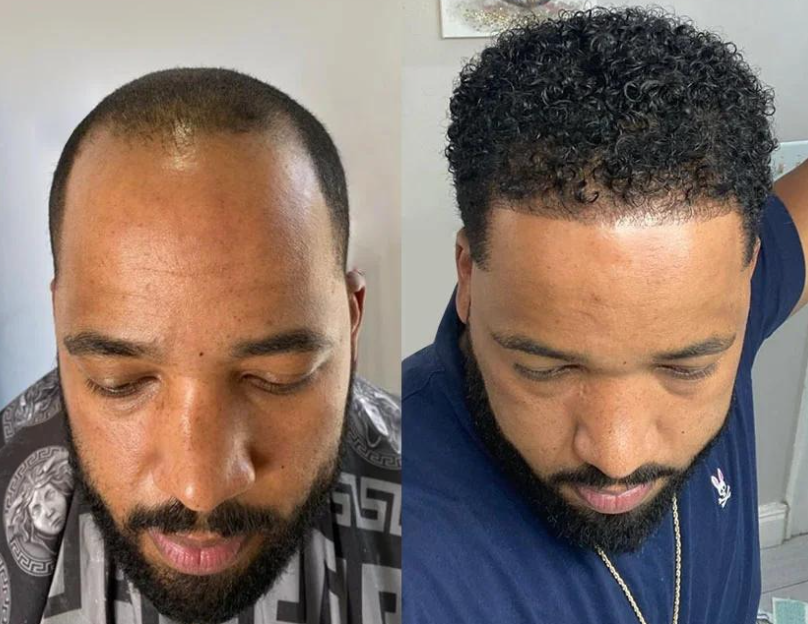Understanding the Norwood Scale and Its Impact on Hair Transplant Surgery Graft Counts: A Nu Hair Vip Perspective

Introduction:
Hair loss is a common concern for many individuals, affecting their confidence and self-esteem. Fortunately, advancements in hair restoration techniques, such as hair transplant surgery, have provided viable solutions for individuals seeking to regain a fuller head of hair. One crucial aspect of hair transplant surgery planning is understanding the Norwood Scale, a widely used classification system for male pattern baldness. In this article, we will delve into the Norwood Scale and its significance in determining the number of grafts needed for hair transplant surgery, with a focus on how Nu Hair Vip utilizes this knowledge to deliver optimal results for its clients.
Understanding the Norwood Scale:
Developed by Dr. O’Tar Norwood in the 1950s, the Norwood Scale is a standardized classification system used to assess the severity and progression of male pattern baldness. It consists of several stages, ranging from minimal hair loss at the temples (Norwood 1) to extensive balding across the crown and frontal scalp (Norwood 7). By identifying the specific stage of hair loss, hair restoration specialists can better tailor treatment plans to meet the unique needs of each patient.


Determining Graft Counts
The Norwood Scale plays a crucial role in determining the number of grafts required for hair transplant surgery. Grafts, which are clusters of hair follicles harvested from donor areas of the scalp, serve as the building blocks for transplanting hair to thinning or balding areas. The higher the Norwood stage, the greater the extent of hair loss and the higher the number of grafts needed to achieve satisfactory results.At Nu Hair Vip, we understand the importance of accurately assessing the Norwood Scale to devise personalized treatment plans for our clients. Our team of experienced hair restoration specialists conducts thorough evaluations to determine the appropriate graft counts based on each individual’s unique Norwood stage, hair density, scalp characteristics, and aesthetic goals.
Tailored Solutions with Nu Hair Vip:
Unlike one-size-fits-all approaches, Nu Hair Vip takes a personalized approach to hair transplant surgery, ensuring that each client receives tailored solutions that address their specific needs and concerns. By leveraging our expertise and advanced techniques, we can achieve natural-looking results that seamlessly blend with the client’s existing hair, restoring both appearance and confidence.Moreover, Nu Hair Vip employs state-of-the-art technology and innovative methods, such as follicular unit extraction (FUE) and robotic hair transplant systems, to maximize graft survival rates and minimize downtime for our clients. With our commitment to excellence and client satisfaction, Nu Hair Vip stands as a trusted leader in the field of hair restoration.


Conclusion:
The Norwood Scale serves as a valuable tool for assessing male pattern baldness and guiding treatment decisions in hair transplant surgery. By accurately determining the Norwood stage and corresponding graft counts, hair restoration specialists can customize treatment plans to deliver optimal results for each individual. At Nu Hair Vip, we recognize the importance of understanding the Norwood Scale and utilize this knowledge to provide personalized solutions that meet the unique needs of our clients. With our expertise, advanced techniques, and dedication to client satisfaction, Nu Hair Vip remains at the forefront of hair restoration innovation, helping individuals reclaim their confidence and achieve their desired hair goals. At Nu Hair Vip, we understand the importance of accurately assessing the Norwood Scale to devise personalized treatment plans for our clients. Our team of experienced hair restoration specialists conducts thorough evaluations to determine the appropriate graft counts based on each individual’s unique Norwood stage, hair density, scalp characteristics, and aesthetic goals.
